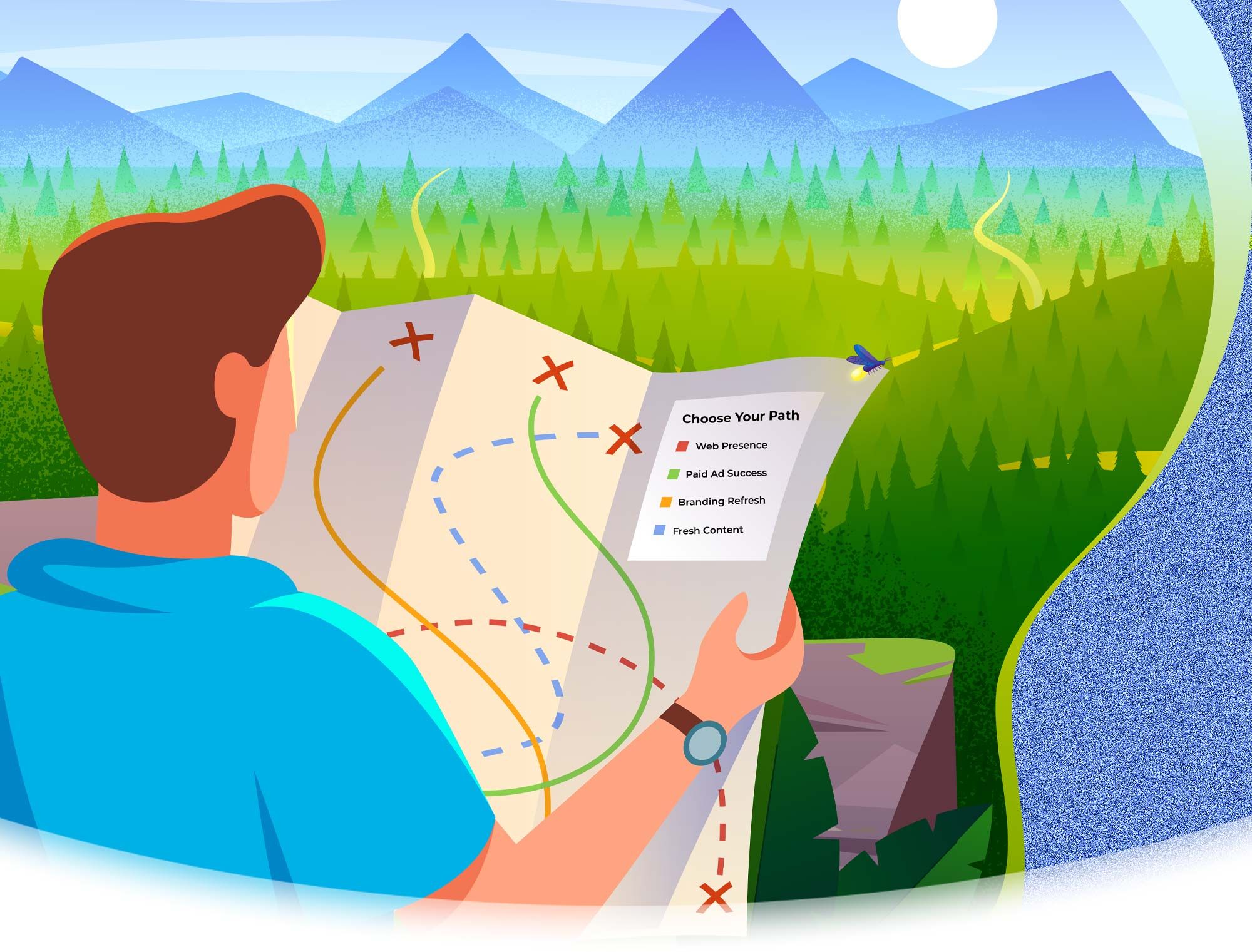Enhancing On-Site SEO: Aligning Content with the Buyer’s Journey
In our ongoing exploration of on-site SEO, we've previously delved into fundamental elements such as page titles, meta descriptions, and headings. Today, we advance our discussion to focus on optimizing web content that meets the specific needs of your potential customers at each stage of the Buyer's Journey, complemented by an effective internal linking strategy.
The Buyer's Journey: A Framework for Content Creation
Understanding the Buyer's Journey is crucial for crafting content that resonates with potential customers at each critical phase—from initial awareness to making a purchase decision.
- Awareness Stage: At this initial stage, potential customers are just beginning to recognize their problems or needs. Content aimed at this stage should be informative and educational, designed to answer broad questions and provide general guidance. Examples include blog posts like "What Is Smart Home Technology?" or downloadable guides like "Introduction to Home Automation Solutions."
- Consideration Stage: Prospects now understand their problem and are exploring various solutions. Content for this stage should help them compare different options and demonstrate the value of your solutions. Detailed comparison articles, explainer videos on specific technologies, and in-depth blog posts about product features are highly effective.
- Decision Stage: Your prospects are ready to select a service provider at this final stage. Content should be focused on converting prospects into customers by showcasing your credibility and trustworthiness. Include case studies, customer testimonials, and detailed descriptions of your service offerings to persuade prospects that you are the right choice.
Strategic Keyword Integration
Incorporating relevant keywords into your content is essential for on-site SEO. These keywords should align with your ideal customers' search terms at different stages of the Buyer's Journey. Utilize SEO tools to identify these keywords and integrate them naturally into your content to enhance visibility and engagement.
Internal Linking Strategy
Internal linking is beneficial for SEO and improves the user experience. It guides visitors to relevant content, keeping them engaged and moving them smoothly along the Buyer's Journey. Ensure that high-authority pages on your site link to key commercial pages, which helps distribute page authority and improve the overall SEO of these pages.
Taking Action
Evaluate your website's content with your sales and marketing teams to ensure it effectively covers all stages of the Buyer's Journey. Adjust your content strategy to fill gaps and update your internal linking to maximize SEO benefits.
Effective on-site SEO requires more than technical adjustments; it demands a strategic content creation and internal linking approach. You can improve user engagement and search engine visibility by aligning your content with the Buyer's Journey and optimizing your site's internal structure.
As we embark on this journey through SEO, may these insights empower you to elevate your online presence and carve a distinct path amidst the digital landscape. For more in-depth information on SEO strategies and best practices, check out our 5-Minute Marketing Workshop series on SEO; click here.

